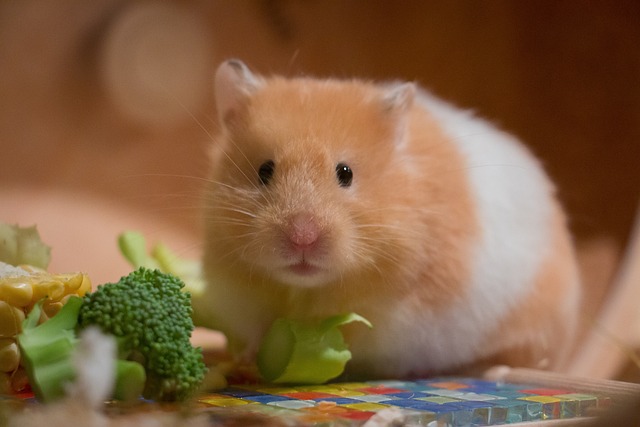Hamsters are popular pets because of their small size and playful nature. However, some people may wonder if it is possible to get their hamsters high. The answer to this question is straightforward: it is not safe or recommended to get hamsters high.
Hamsters have a small body size and are highly sensitive to drugs and chemicals. Even small amounts of drugs or chemicals can severely impact their health.
Ingesting drugs or chemicals can cause hamsters to experience seizures, respiratory failure, and even death.
Therefore, it is crucial to keep any substances that could be harmful to hamsters out of their reach.
While some people may think it is amusing to see their hamsters under the influence of drugs, it is essential to remember that hamsters are living creatures that deserve to be treated with care and respect.
It is crucial to provide them with a safe and healthy environment that promotes their well-being.
The Dangers of Getting Hamsters High
Getting hamsters high is not only dangerous but also inhumane. Hamsters are small animals that are not equipped to handle the effects of drugs, and it can cause serious harm to their health.
When a hamster is exposed to drugs, it can experience a range of adverse effects. These include lethargy, loss of appetite, respiratory problems, seizures, and even death.
Hamsters cannot process drugs like humans or larger animals, and even a small amount of exposure can be fatal.
In addition to the physical harm, getting hamsters high can cause psychological damage.
Hamsters rely on their sense of smell and hearing to navigate their environment, and drugs can impair these senses, leading to confusion and distress.
It can also cause long-term damage to their brain and nervous system, affecting their behavior and cognitive abilities.
It is important to remember that hamsters are living creatures that deserve respect and care.
Getting them high for entertainment or experimentation is cruel and illegal in many places. If you suspect someone is mistreating their hamster in this way, it is essential to report it to the proper authorities.
In conclusion, getting hamsters high is dangerous and inhumane. It can cause serious harm to their health and well-being, both physically and psychologically.
It is essential to treat all animals with respect and care and never expose them to drugs or other harmful substances.
How to Avoid Getting Hamsters High
When it comes to hamsters, it’s essential to keep them safe and healthy. One way to do this is by avoiding getting them high.
While some people may think it’s funny or harmless, getting hamsters high can be pretty dangerous for them.
To avoid getting hamsters high, there are a few things that you can do:
- Keep any substances that could be harmful to hamsters out of their reach. This includes things like marijuana, tobacco, and alcohol.
- Avoid smoking or vaping around your hamster. Even if you’re not intentionally trying to get them high, the smoke or vapor can still affect them.
- Be mindful of any scented products that you use around your hamster. Some scents, like essential oils, can harm them if they’re exposed to them for too long.
- Without consulting a veterinarian, don’t give your hamster any human medications or substances.
Overall, it’s important to remember that hamsters are small and delicate creatures. What may seem harmless to us could be quite harmful to them. By being mindful of the substances and products you expose your hamster too, you can help keep them safe and healthy.
What to Do if Your Hamster Gets High
If your hamster accidentally ingests a substance that can get them high, it is essential to act quickly to ensure its safety and well-being. Here are a few steps you can take if you suspect your hamster has gotten high:
- Remove the source: The first step is to remove any substances causing your hamster to get high. This could include removing any marijuana or other drugs from the room or removing your hamster from the area where the substance is present.
- Monitor your hamster: Monitor them closely to monitor their behavior and physical symptoms. Signs of a high hamster may include lethargy, loss of coordination, or an irregular heartbeat.
- Seek veterinary care: If your hamster is showing signs of distress or is not improving, it is essential to seek veterinary care immediately. Your veterinarian can provide treatment to help your hamster recover from the effects of the substance.
- Provide a safe and comfortable environment: While your hamster is recovering, it is essential to provide a safe and comfortable environment for them to rest and recover. This may include providing extra bedding, food, and water and ensuring that their cage is clean and free of any potential hazards.
Remember, prevention is critical to keeping your hamster safe from harmful substances. Always keep drugs and other substances out of reach of your pets, and never expose them to anything that could cause harm.




